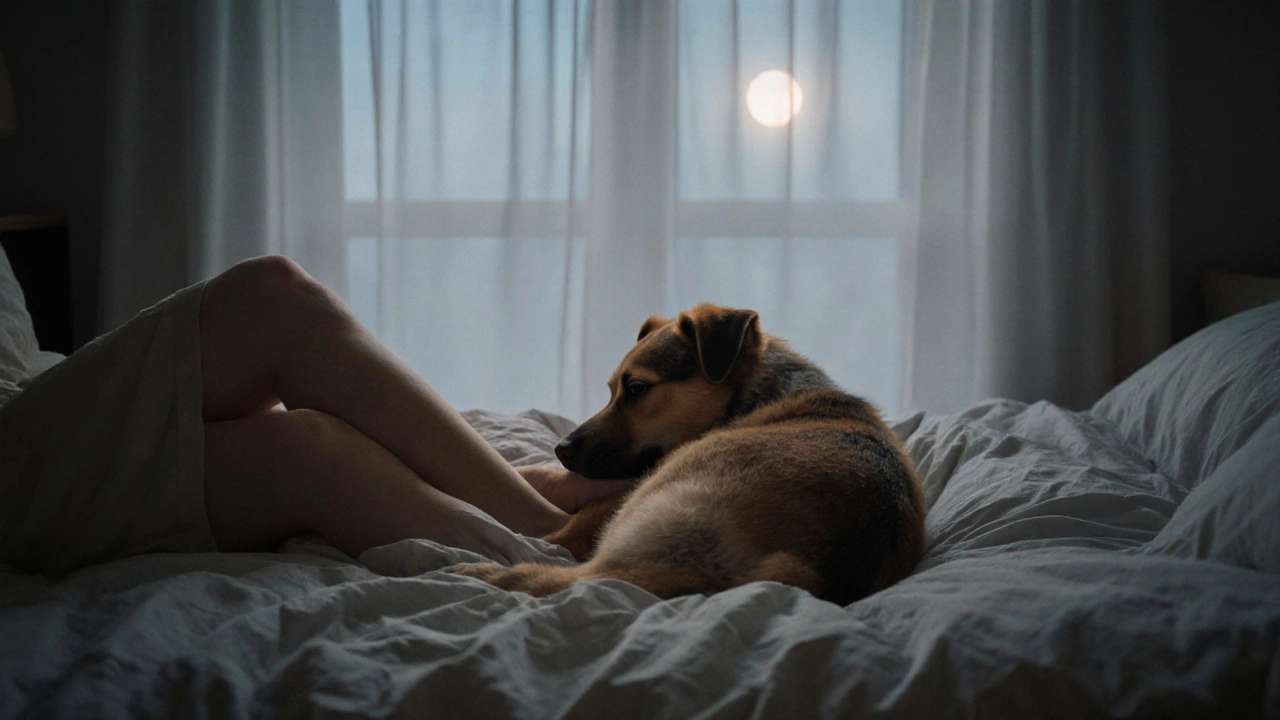Dog Bed Preferences: What Your Dog Really Needs to Sleep Well
When you buy a dog bed, you’re not just buying a cushion—you’re buying dog bed preferences, the specific physical and behavioral needs your dog has for rest and recovery. It’s not about what looks nice in your living room. It’s about what lets your dog sink in, feel safe, and wake up without aches. Many owners assume their dog will use any soft spot they put down, but dogs are picky. They care about height, firmness, warmth, and even smell. A bed that’s too flat, too hot, or too close to a draft might sit unused—no matter how expensive it is.
dog sleeping habits, how and where your dog chooses to rest, are deeply tied to breed, age, and health. A senior dog with arthritis needs more support than a puppy who just curls up on the floor. A large breed like a German Shepherd might need a bed that’s long enough to stretch out, while a Chihuahua might prefer something cozy and enclosed, like a cave-style bed. And don’t ignore temperature. Dogs who sleep on tile floors in winter? They’re telling you they’re cold. A bed with raised edges or memory foam isn’t a luxury—it’s a necessity for joint health. dog bed types, from orthopedic to bolstered to heated, each serves a different purpose. Orthopedic beds help older dogs with hip dysplasia or arthritis. Bolstered beds give smaller dogs a sense of security, like a den. Heated beds are great for thin-coated breeds in winter. But here’s the catch: not every dog wants the same thing. Some dogs dig at their bed before lying down. Others need to feel surrounded. Some hate fabric that smells like detergent. You can’t guess your dog’s preference—you have to observe it.
dog comfort, isn’t just about softness—it’s about control, safety, and routine. Dogs sleep 12 to 18 hours a day. That’s a lot of time spent on one surface. If your dog avoids the bed you bought, it’s not being stubborn. It’s signaling that something’s off. Maybe the bed’s too close to the door, where noise scares them. Maybe the fabric irritates their skin. Maybe it’s too low, making it hard for their arthritic hips to push up. Comfort isn’t subjective—it’s measurable. Can your dog get in and out easily? Do they lie flat or curl up? Do they stay there for more than five minutes?
What you’ll find in the posts below isn’t a list of the "best" beds. It’s a collection of real stories, science-backed tips, and practical fixes from owners who’ve been there. You’ll learn why some dogs refuse beds entirely, how to test a bed before you buy it, and what to look for when your dog starts shifting positions more often at night. Whether your dog is 8 weeks old or 12 years old, whether they sleep on hardwood or carpet, these posts help you read the signs—and make a choice that actually works for them.
Posted By Bryndle Redding On 30 Oct 2025 Comments (0)
Why Does My Dog Sleep Next to My Bed? The Real Reasons Behind the Behavior
Your dog sleeps next to your bed not because they’re spoiled, but because of instinct, scent, and trust. Learn the real reasons-and what to do if you want to change it.
READ MORE